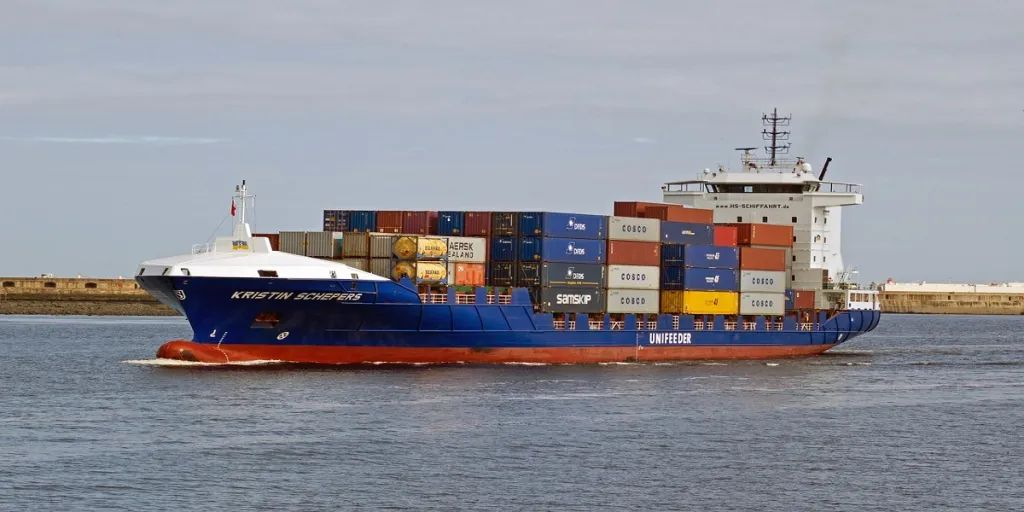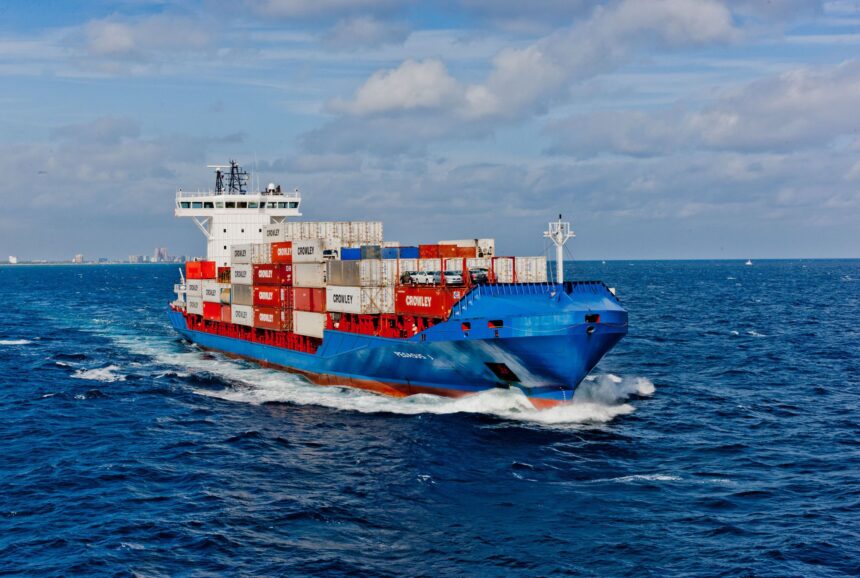Sea freight shipping has been an integral part of global trade for centuries. As one of the most efficient and cost-effective methods for transporting large quantities of goods across oceans, it is widely used by businesses and individuals alike. In this comprehensive guide, we will explore the basics of sea freight shipping, its advantages, how it works, and what you need to consider when using it for your shipping needs.
What is Sea Freight Shipping?
Sea freight shipping involves the transportation of goods via ships over large bodies of water, including oceans and seas. This method of shipping is typically used for transporting bulk goods, containers, and large or heavy items that are not time-sensitive. Unlike air freight, sea freight offers the advantage of being more affordable for shipping large quantities of cargo over long distances.
When you choose sea freight shipping, goods are packed into containers and loaded onto cargo ships, which then transport them to the destination port. Once the shipment arrives, it goes through customs, and the cargo is delivered to its final destination, either by sea, land, or air.
Why Choose Sea Freight Shipping?
1. Cost-Effectiveness
Sea freight shipping is one of the most cost-effective ways to ship large volumes of goods. For businesses involved in international trade, the low cost per ton makes it a practical solution, especially for bulky items like machinery, raw materials, and large quantities of consumer goods. Shipping by sea is much cheaper than air freight, which is ideal for large shipments where time is not a critical factor.
2. Global Reach
Sea freight offers a vast network of ports across the world, making it the best option for shipping goods internationally. Whether you are sending goods to Asia, Europe, North America, or any other part of the world, sea freight connects key shipping hubs and ensures that your cargo reaches its destination.
3. Large Capacity
One of the key advantages of sea freight is the ability to carry large volumes of goods in a single shipment. This is especially beneficial for businesses that need to move bulk items like commodities, vehicles, or machinery. The high capacity of cargo ships makes it easy to transport a variety of products, including oversized and heavy items.
4. Environmental Friendliness
Compared to air freight, sea freight is a more environmentally friendly mode of transportation. Ships have a lower carbon footprint per ton of cargo transported, making it a better option for those looking to reduce their environmental impact while moving goods internationally.

How Does Sea Freight Shipping Work?
1. Preparing the Goods for Shipment
Before goods are shipped via sea freight, they must be properly packaged to ensure they are protected during transit. This includes using durable materials to prevent damage from moisture or rough handling. Additionally, all items must be clearly labeled with shipping details and other necessary documentation.
2. Choosing a Container
There are two main types of containers used for sea freight shipping:
- Full Container Load (FCL): If your shipment fills an entire container, you can opt for FCL. This means your goods will be the only cargo in the container, ensuring that they are handled exclusively during the shipping process.
- Less-than-Container Load (LCL): If your shipment is smaller and does not fill an entire container, you can choose LCL. This option involves sharing container space with other shipments, reducing the cost but possibly resulting in longer transit times due to the need for consolidation and deconsolidation.
3. Shipping Documentation
Proper documentation is crucial for international sea freight shipping. The key documents include the Bill of Lading (BOL), commercial invoice, packing list, and any customs declarations required by the destination country. These documents ensure that the shipment complies with international shipping laws and customs regulations.
4. Loading and Departure
Once the goods and documentation are ready, the cargo is transported to the port, where it is loaded onto the ship. The cargo is securely fastened within the container to prevent damage during the voyage. After everything is in place, the ship departs, carrying your cargo across the sea to the destination port.
5. Arrival and Customs Clearance
When the vessel reaches its destination port, the goods go through customs inspection. Customs officers will check the shipment and verify all the documents. Any applicable customs duties and taxes will need to be paid before the shipment is released for delivery.
6. Delivery
After clearing customs, the goods are transported to their final destination. Depending on the location, this could involve further transportation via land or air. Final delivery may take place within the destination country, or goods may need to be transferred to another mode of transportation to reach remote areas.
Types of Sea Freight Services
1. Full Container Load (FCL)
Full Container Load (FCL) shipping is a service where a single shipment occupies the entire container. FCL is ideal for larger shipments or when the shipper prefers exclusive use of the container for better security and faster delivery.
2. Less-than-Container Load (LCL)
Less-than-Container Load (LCL) is a more economical option for smaller shipments that do not fill a full container. With LCL, your goods share space with other shipments, which reduces the cost but might result in a longer transit time due to the need for consolidation at the origin and deconsolidation at the destination.
3. Roll-on/Roll-off (RoRo) Shipping
Roll-on/Roll-off (RoRo) shipping is used for transporting vehicles or heavy equipment. Cargo is driven directly onto and off the ship, reducing handling time and ensuring safe transport of large, wheeled items.
Things to Consider When Choosing Sea Freight Shipping
1. Shipping Time
One of the main considerations when choosing sea freight is the shipping time. Sea freight generally takes longer than air freight, especially for long distances. While air freight may take only a few days, sea freight can take several weeks. For non-urgent shipments, sea freight is ideal, but for time-sensitive goods, air freight might be the better choice.
2. Costs
The cost of sea freight shipping depends on several factors, including the weight and volume of your shipment, the shipping method (FCL or LCL), and the destination. While sea freight is typically more affordable than air freight, it’s essential to understand the full cost structure, including port charges, taxes, and insurance.
3. Customs Regulations
Different countries have different customs requirements. Make sure you understand the customs regulations at both the origin and destination ports. Incorrect or incomplete documentation can lead to delays, fines, or additional charges.
4. Cargo Tracking
Many sea freight providers offer tracking services, allowing you to monitor the progress of your shipment in real-time. This can help ensure that you stay informed throughout the process and can address any issues promptly.
Sea Freight vs. Air Freight
When deciding between sea freight and air freight, there are a few important factors to consider:
- Cost: Sea freight is usually much cheaper for large shipments.
- Speed: Air freight is faster and more suitable for time-sensitive goods.
- Environmental Impact: Sea freight is more eco-friendly than air freight.
Conclusion
Sea freight shipping remains an essential method for transporting goods across the globe. Its cost-effectiveness, wide reach, and ability to carry large volumes make it the preferred choice for many businesses involved in international trade. By understanding how sea freight works and considering factors such as shipping time, cost, and customs regulations, you can make an informed decision when selecting this shipping method for your next shipment.



